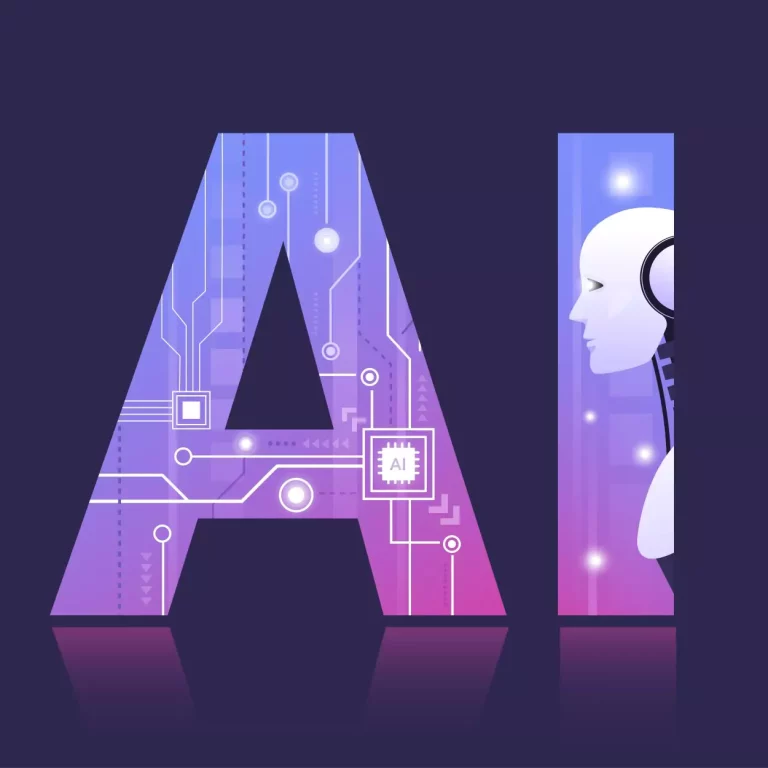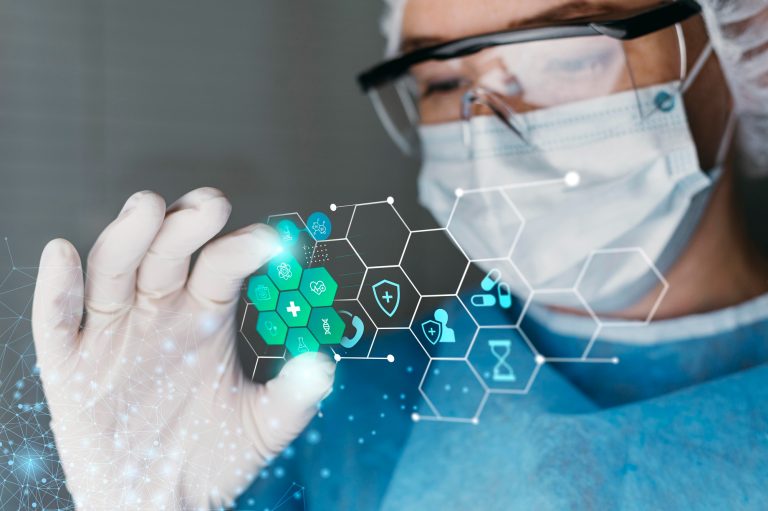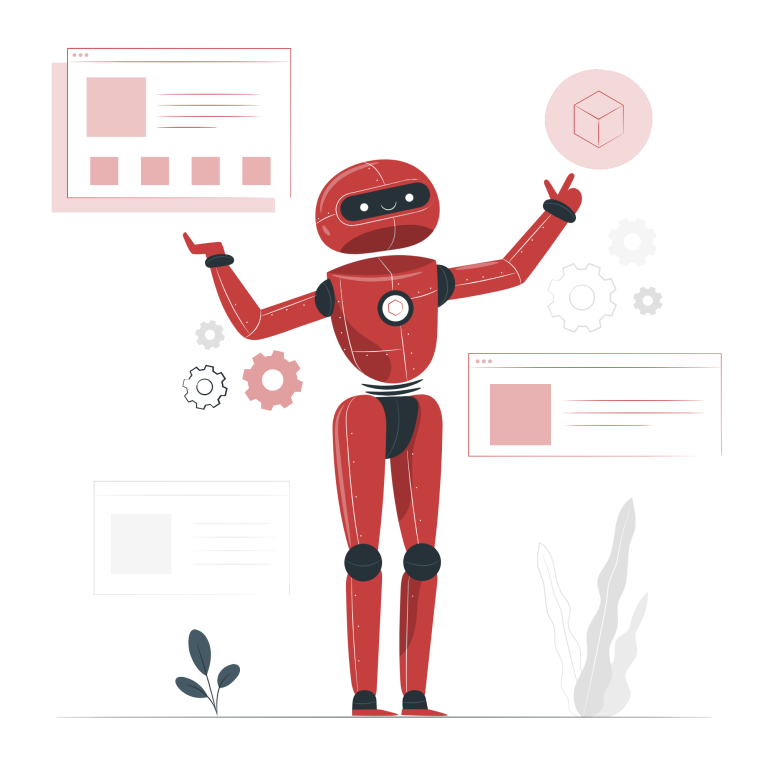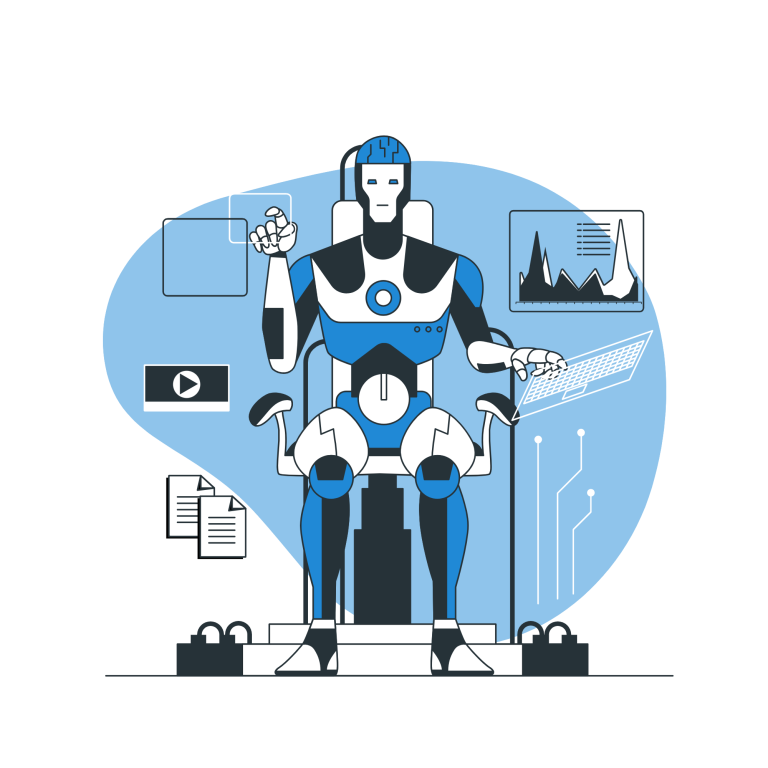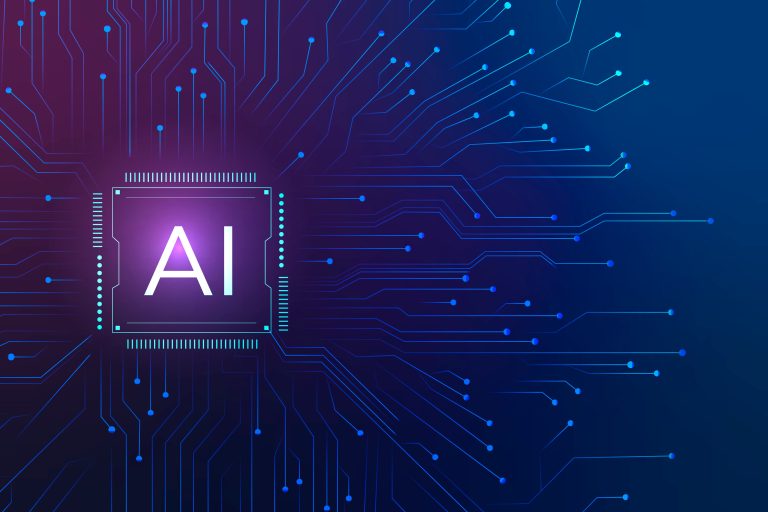Robots have captured the imaginations of science-fiction authors and tech fans alike over the years. These devices were initially portrayed as mysterious metal beings that could follow orders without much explanation. Today’s reality, however, is different because robots are now an important component of our daily life. Artificial intelligence (AI) developments have made it possible to build robotics that can carry out difficult jobs with surprising accuracy and simplicity.
This blog article will examine the critical function of AI in robotics and how it helps robots develop their capabilities.
What is Robotics?
Robotics science entails creating, manufacturing, programming, and testing robots for various uses. A robot is any device capable of doing particular activities autonomously or somewhat autonomously. In contrast to other machines, robots are built to interact with their surroundings and can be taught to do particular tasks.
Robots’ extraordinary accuracy and speed have led to widespread adoption in many facets of society. Robots will inevitably become increasingly integral to our daily lives as they develop. Robotics is to make sure that these devices are not only effective but also safe to use.
What are robots that have artificial intelligence?
While amazing in the past, robots had a restricted range of powers. Without actually comprehending their environment, they just obeyed pre-programmed commands. However, with the development of artificial intelligence (AI), we can now create robots that can behave and think independently in various circumstances.
Robots with AI capabilities are programmed to make decisions and modify their actions in reaction to their surroundings. This enables them to take on more difficult jobs than conventional robots. Additionally, using datasets, these robots can learn from their experiences and enhance their performance over time.
Today’s most cutting-edge AI-enabled robots are outfitted with sensors and cameras that allow them to “see” and interpret data in real-time. This permits prompt and accurate responses in challenging situations without requiring human participation.
For instance, chess-playing robots powered by AI have overtaken human players, quickly assessing the board and selecting the optimal move.
What Functions Artificial Intelligence Serves in Robots?
Artificial intelligence’s main purpose in robotics is to imitate human intelligence and provide robots with the ability to react and act independently in various circumstances. Robots can now learn, adapt, and make decisions thanks to artificial intelligence (AI).
Robots with AI capabilities are outfitted with algorithms that process data from their environment, allowing them to interpret it and take appropriate action. These algorithms enable the robot to “think” and act autonomously by functioning like the human brain.
Let’s use self-driving automobiles as an illustration. As the car is outfitted with sensors to identify obstructions, cameras to recognize traffic signals, and sophisticated processors to evaluate all the data, AI takes the place of the human driver in this situation. As a result, the car can “see” the road and decide for itself when to accelerate, brake, or turn.
AI is essential for building autonomous robots to make decisions. AI also improves the precision and effectiveness of robots when executing tasks.
How Robotics Is Using AI And Machine Learning?
A branch of artificial intelligence (AI), machine learning (ML), focuses on building tools to learn from data. ML algorithms are intricate mathematical models that let machines get better at what they do over time by absorbing knowledge from data. Created neural networks that can learn from data without explicit programming are the subject of deep learning, a subset of machine learning.
Robots can “learn” on their thanks to machine learning and deep learning in robotics. Robots can forecast how to respond to various situations by continuously studying data from previous experiences, becoming increasingly intelligent without requiring much human input.
Advantages of AI Integration
Numerous advantages come from incorporating AI into robots, some of which are as follows:
- Reducing Errors:
By eliminating human weariness and emotional decision-making, AI-enabled robots can greatly lower the likelihood of errors. These machines adhere rigidly to their algorithms, delivering exceptional precision and accuracy. Robots can also learn from their past performance, which reduces the possibility of errors.
- Productivity Boosting:
AI-integrated robotics boost productivity by effectively substituting autonomous systems for repetitive jobs. These machines can work continuously, accurately executing jobs without any interruptions. Additionally, they can handle the heavy lifting and lower labour expenditures, which boosts total productivity and lowers operating costs.
- Improved Security:
Robots with AI capabilities increase safety in potentially dangerous areas. They may explore and navigate risky locations, including poisonous surroundings and collapsing buildings, without endangering human life. Additionally, robots with AI algorithms installed can swiftly identify potential threats and take appropriate action, serving as virtual security guards and improving overall safety.
- Better Quality:
AI-powered robots can do difficult jobs with extraordinary accuracy and precision. Customers will be more satisfied due to the higher quality items and quicker production. Robots with AI capabilities can even do quality assurance activities more effectively and dependably, such as testing and inspection.
Robotic Applications of Artificial Intelligence
Robots can now execute various amazing tasks thanks to the integration of AI, which has allowed them to surpass their prior restrictions. Here are a few noteworthy instances:
1. AI and Robotics in Manufacturing:
The manufacturing sector has adopted AI and robotics to increase productivity and security. Robots with AI capabilities can assemble goods quickly and precisely, cutting costs and increasing output. In addition, warehouses use robots to deliver items, navigate independently, and avoid impediments.
2. AI & Robotics for Business:
AI-enabled robots interact with clients in customer service and hospitality positions, offering guidance and support in a personable manner. These robots assist people in navigating and making decisions in public places like malls, airports, and other buildings.
3. AI and Robotics in Healthcare:
AI-enabled robots are widely used in healthcare to help with patient care, surgeries, and diagnostics. Robots can carry out intricate surgical procedures with high accuracy and efficiency thanks to ML and AI algorithms, improving patient outcomes.
4. Agriculture, AI, and Robotics:
Agriculture, AI, and robotics are transforming the sector. Autonomous tractors may plow and plant fields and weeds and pests can be found and eliminated by AI-enhanced robots. These tools enhance crop productivity and streamline agricultural operations.
5. AI Robotics in Aerospace:
AI and robots are used in aerospace for various purposes, including autonomous planes that can fly without human assistance. AI-equipped robots can spot flaws and precisely assemble parts in manufacturing, increasing air safety.
6. AI and Robotics in the Military:
The military has investigated the use of AI and robotics in various capacities. Though they create moral questions, autonomous weapons have the potential to save lives in risky operations like bomb disposal and surveillance. Robots driven by AI can also operate military vehicles, enabling quicker reaction times and lowering hazards to personnel.
Artificial Intelligence and Robotics: A Better Future
AI-powered collaborative robots are increasingly taking over our life and becoming indispensable. AI and robotics are revolutionizing industries and providing important societal contributions in various sectors, including healthcare, agriculture, aerospace, and the military. The promise of AI and robotics is enormous and hopeful, even while safety and ethical issues must be addressed.
Conclusion
In recent years, robotic technology has advanced quickly, and the incorporation of AI has greatly increased the capabilities of robots. Many industries, including aerospace, healthcare, and manufacturing, use these AI-enabled devices developed by AI development companies to improve productivity and safety in their specialized fields. While there are still questions regarding the ethics of machines, with the right laws and monitoring, AI and robots could revolutionize our way of life and work.

